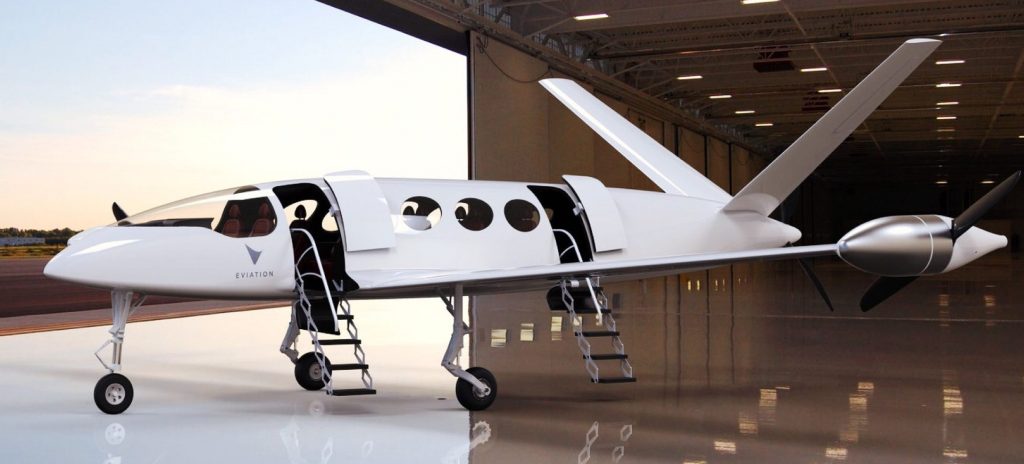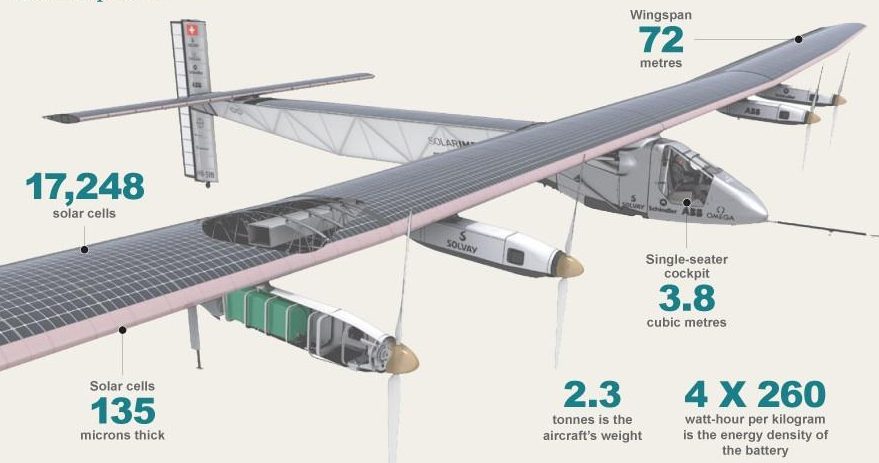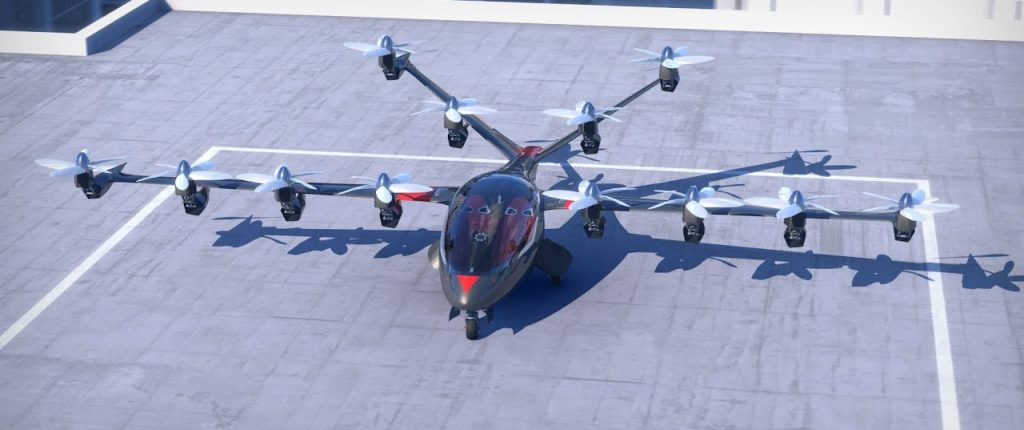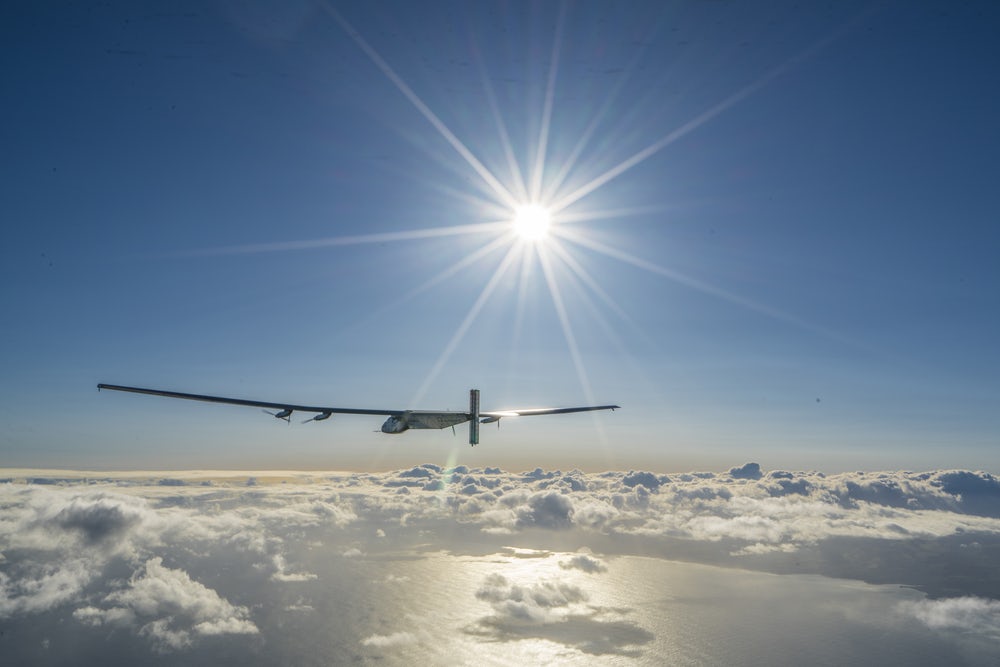DREAM TO REALITY
For many years, electric aircraft were no more than fade images in our dreams. These images became clearer, and just like the well-known quote: “If you can dream it, you can do it,” in 1883 the first airship powered by electricity was flown, a dirigible designed by the Tissandier brothers. Now, 136 years later, we have had several electric planes that have been successfully tested, and more than 100 improved projects for a near future. Benefits? Countless, from cutting down harmful emissions to lowering costs both for airlines and for passengers alike. Challenges? Countless as well, but as technology advances at the speed of light, so do the solutions to viable electric flights.
WHY DO WE WANT ELECTRIC PLANES?
More than just wanting electric planes for the fun of making a dream come true, we need them to be electric to go “green”. Leaving aside the beliefs in global warming or alike, it is a must to take care of our own home, in this case the Earth. Therefore, there is a need for cleaning our environment by reducing emissions caused by fuel use in current aviation. What is best, many other benefits were found along the way.

Both Zunum Aero – aircraft manufacturer – and Avinor – Air Navigation Services – state that “using all-electric planes will have benefits beyond emissions – the smaller aircraft will need smaller runways, which means they can use smaller airports […] And if the weight of batteries can be reduced the planes are likely to be lighter, meaning they will require less power. That final factor may mean lower running costs and therefore cheaper tickets.” This news is a giant win for a fast-growing amount of passengers, and also for the entire aviation industry; even for aircraft, which would perform better at higher altitudes with an electric engine than with a fuel-operated one.
In order to achieve these goals, fortunately due dates exist. The European Commission calls for action to cut greenhouse emissions 40% by 2030, and 80% by 2050 compared to their 1990 levels. Additionally, Norway’s goal by 2040 consists of having all short-haul flights (30 minutes to 3-hour flights) departing from its airports through electric planes.
WHERE ARE WE NOW?
The first electrical-powered journey that went all the way around the world started in March 2015 departing from Abu Dhabi. The whole journey was completed by July 2016. This unforgettable plane is called Solar Impulse 2 and not a drop of fuel was used; only solar panels, an electric motor and lithium-ion batteries.

Moreover, just recently in 2018, Norway bought and flew the first two-seat electric plane approved for commercial production: the Alpha Electro G2 – manufactured by Pipistrel in Slovenia, Europe’s largest aircraft manufacturer. With this, Norway truly stated their point on going all electric by 2040.

MOVING TOWARDS AN ECO-FRIENDLY FUTURE
- Norway expects manufacturers to make a 25 to 30 seat plane with electric motors by 2025.
- Zunum Aero is working on a 12-seat short-haul plane for 2020, and on a 50-seater for 2027. However, they might work harder to come up with a 100-seat plane by 2020 to get ahead of Norway’s expectations.
- Airbus, a commercial aircraft manufacturer, is considering a 100-seat plane by 2030.
- Eviation Aircraft is working on the Eviation Alice, an all-electric aircraft for 9 passengers.
- Wright Electric is building commercial electric airplanes for short flights. Their first product is a 9-seat plane, and they are working on an electric 180-seater for 2027.
- Ampaire developed TailWind-E, which is powered by an electric propulsion system. Currently working on TailWind-H, a hybrid-electric version designed for longer-range flights.
- Joby Aviation along with NASA have worked on Vertical Take-Off and Landing (VTOL) which allows for 24-hour flights (photo below).

Just like these projects, there are hundreds others already being developed. An eco-friendly future is closer than we might have thought.
CHALLENGES
SIZE
So far, all electric planes are quite small. They go from one-seat to 4-seat planes. Even though companies have plans for bigger ones, changing from a single passenger electric plane to 250 passengers is a big deal in many ways. Some of the most relevant challenges to making electric planes bigger are described below, all of which derive from the size issue.
WEIGHT AND ENERGY
A plane loaded with passengers and their luggage, and/or cargo need plenty of energy to take off and to stay in the air. Up to now, there are no batteries that can hold that much energy, and at the same time be light enough so as to not add too much to the total weight. If we were to power even a 30-seat plane with currently available batteries, we would need so many to equal fuel energy so it would be too heavy to take off. Looking at the bright side, planes are slowly improving in design to be lighter; therefore, they might not require as much energy. As for batteries, technology’s constant advancement will help.
INFRASTRUCTURE
Airports would have to change their infrastructure to offer charging stations prepared to consume large amounts of electricity at once. Then, if swapping batteries were a possibility, empty batteries would need storage, maintenance, or replacement when reaching their total charge cycles.
OTHER
Battery usage generates heat, therefore a cooling system might be required at all times. Materials used to build the plane should be improved for thermal performance.
There seems to be a long way to go before the world experiences electric planes as an everyday item. However, the amount of companies and people working on solutions and ideas to put electric planes in the air make possibilities more promising than ever before. Hybrid electric technology might be used before fully electric-powered planes come into play, but even this would be a huge step forward.

SOURCES
bbc.com/future
techcrunch.com
collection.sciencemuseum.org.uk
thisdayinaviation.com
eviation.co/alice/
weflywright.com
ampaire.com
jobyaviation.com




